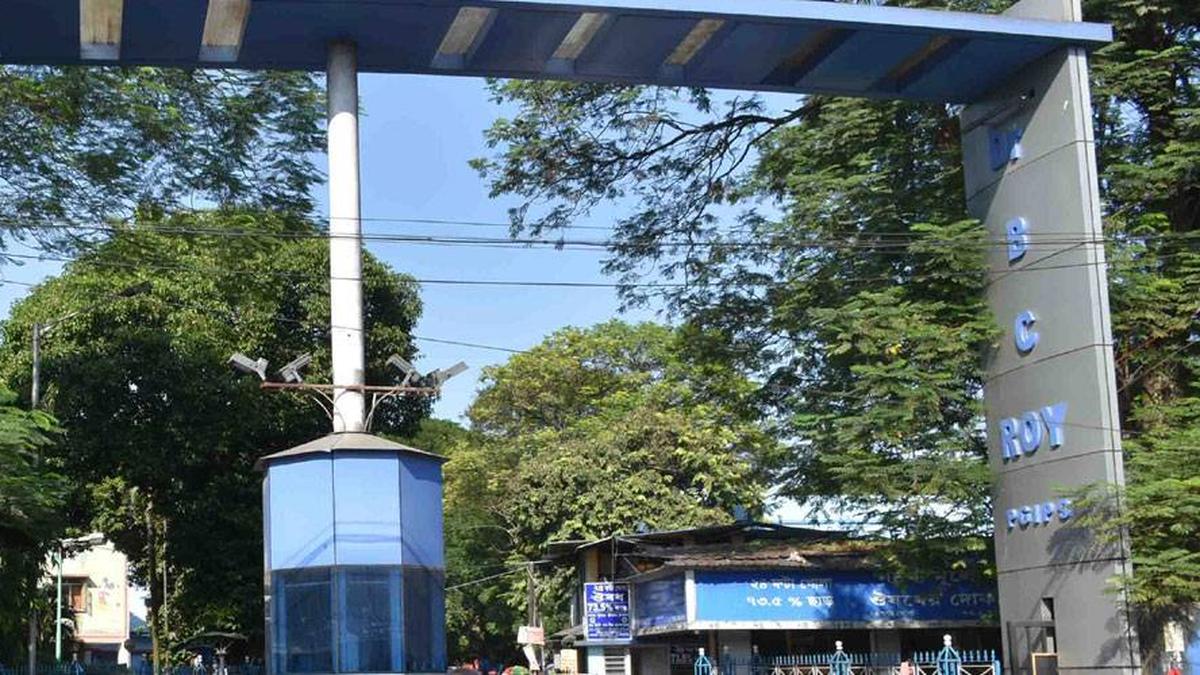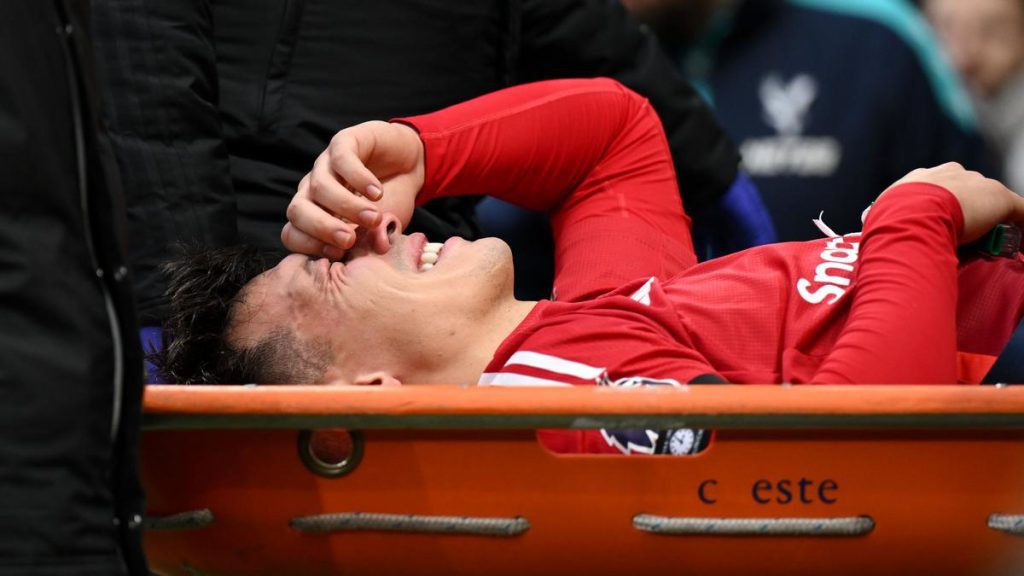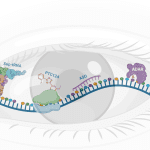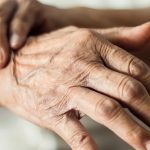Guillain-Barré Syndrome suspected behind three deaths in West Bengal


Guillain-Barré Syndrome suspected behind three deaths in West Bengal
Debkumar Sau, 10, from Jagatdal in North 24 Parganas, died on Sunday (January 26, 2025) also after reportedly being affected by GBS.
According to hospital sources, he was admitted early last week to Dr. B.C. Roy Memorial Hospital for Children and put on ventilator support before he passed away on Sunday (January 26, 2025). The initial symptoms included paralysis of the lower body and consequent pressure on his respiratory system.
Meanwhile, two more children with suspected GBS were currently under treatment at the same hospital. According to hospital sources, one of them was in a critical condition.
Debkumar Sau, 10, from Jagatdal in North 24 Parganas, died on Sunday (January 26, 2025) also after reportedly being affected by GBS.
According to hospital sources, he was admitted early last week to Dr. B.C. Roy Memorial Hospital for Children and put on ventilator support before he passed away on Sunday (January 26, 2025).
Three persons in West Bengal have died after reportedly exhibiting symptoms of the Guillain-Barré Syndrome (GBS), potentially marking the States’ first few casualties from the disease that has affected around 110 people in Maharashtra so far.
According to Health department sources, 17 persons in West Bengal were currently receiving treatment for the disease.
According to public health experts, GBS is an autoimmune neurological disorder in which one’s own immune system attacks the peripheral nervous system. Weakness in the muscles and paralysis of the limbs are symptoms typically associated with this disorder.
Satinath Lohar, a 48-year-old man from Dhaniakhali in West Bengal’s Hooghly district passed away upon arrival at Medical College, Kolkata on Wednesday (January 29, 2025), after being diagnosed with suspected GBS by a private medical practitioner the same morning. According to his initial prescription, his symptoms included diarrhoea for four days, weakness in his limbs and diminishing reflexes.
Debkumar Sau, 10, from Jagatdal in North 24 Parganas, died on Sunday (January 26, 2025) also after reportedly being affected by GBS.
According to hospital sources, he was admitted early last week to Dr. B.C. Roy Memorial Hospital for Children and put on ventilator support before he passed away on Sunday (January 26, 2025). The initial symptoms included paralysis of the lower body and consequent pressure on his respiratory system.
Meanwhile, two more children with suspected GBS were currently under treatment at the same hospital. According to hospital sources, one of them was in a critical condition.
On January 21, a 17-year-old Aritra Mandal from Amdanga in North 24 Parganas was admitted to a local hospital complaining of numbness in his limbs. He was later admitted to NRS Medical College and Hospital on January 23 but his condition reportedly deteriorated rapidly. He passed away on Monday (January 27, 2025).
In his death certificate, the cause of death was recorded as “septic shock, myocarditis in suspected case of Guillain-Barré Syndrome”.
Health department sources have said that GBS is not a new or rare disease and that the situation in the State is being closely monitored. On Wednesday (January 29, 2025), Health department officials conducted a high-level meeting with public health experts and issued an SoP to all hospitals in the State, mandating urgent medical care to all GBS patients and that all case details be reported to the department.










